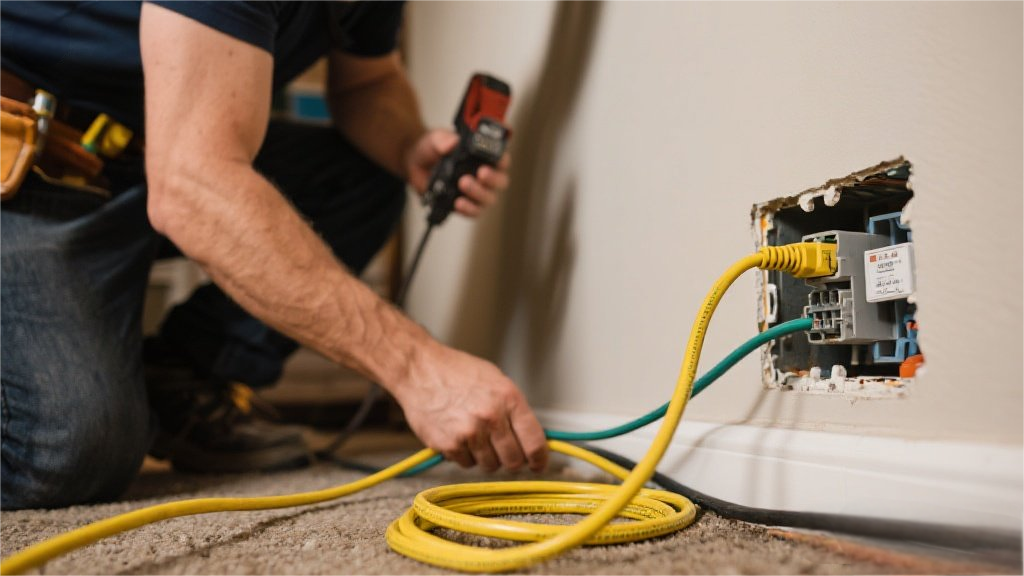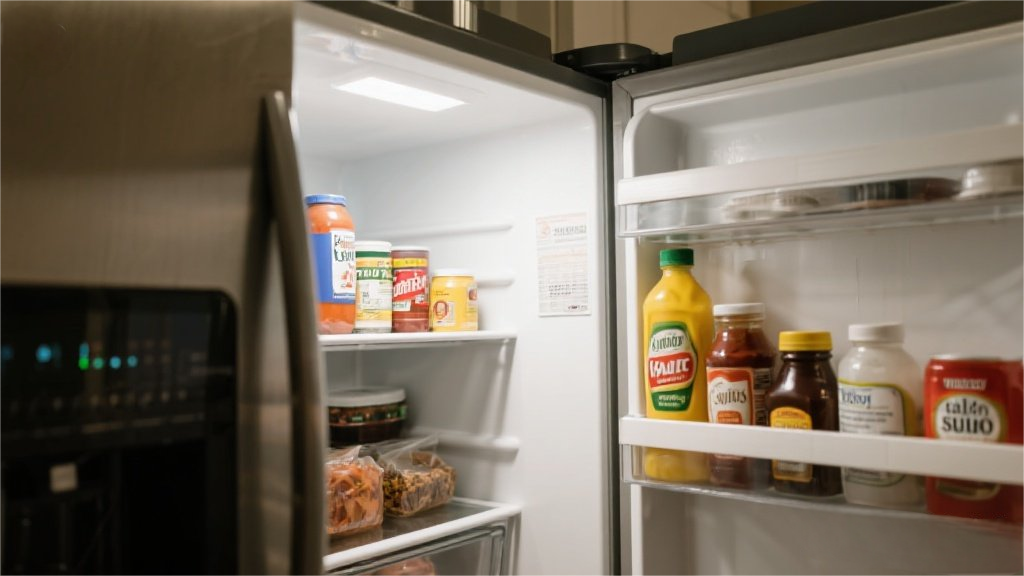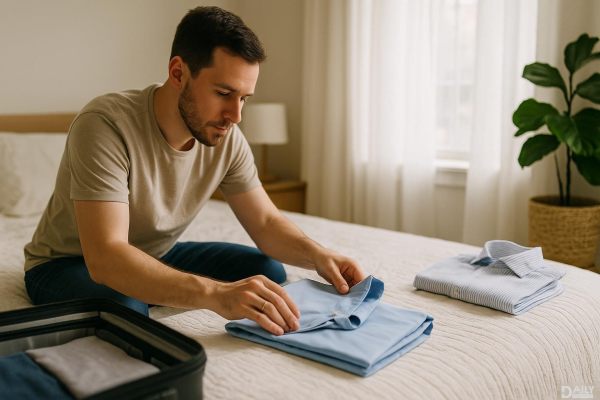You think your home is tidy, but there’s a sneaky layer of clutter hiding in plain sight—spots you swear you cleaned but somehow keep collecting junk. Maybe it’s that one drawer that magically fills with random cords, or the mysterious pile of papers that regenerates on your kitchen counter. Don’t worry, we’ve all been there. Let’s uncover those forgotten clutter zones and finally give them the Marie Kondo treatment they deserve.
The Junk Drawer That Became a Black Hole
Every home has one—the infamous junk drawer. It starts with good intentions: a place for batteries, spare keys, and maybe a screwdriver. But before you know it, it’s a wasteland of expired coupons, mystery keys, and half-used rolls of tape. The problem? We toss things in here "just for now," but "now" turns into forever. To fix it, empty the entire drawer. Sort items into three piles: keep, donate, trash. Keep only what you actually use (no, you don’t need 37 rubber bands). Use small organizers to corall essentials like batteries and pens. Bonus tip: If you haven’t touched something in six months, it’s probably not essential.
The Linen Closet That’s Actually a Fabric Avalanche
You open the door to grab a towel, and suddenly you’re buried under a mountain of mismatched sheets and threadbare blankets. Linen closets are clutter magnets because we shove things in haphazardly, telling ourselves we’ll "fold it later." Spoiler: Later never comes. Start by pulling everything out. Donate old towels to animal shelters, toss stained pillowcases, and keep only two sets of sheets per bed. Fold everything uniformly (Marie Kondo-style) so you can see what you own. Pro move: Store seasonal items like heavy blankets in vacuum-sealed bags to free up space.
The "Just in Case" Shelf in the Garage
Ah, the garage—where good organizational intentions go to die. That shelf labeled "miscellaneous" is probably holding onto paint cans from 2008, broken tools, and a collection of takeout menus. The "just in case" mentality is the enemy here. Be ruthless: If you haven’t used it in a year, it’s time to say goodbye. Recycle old paint at a hazardous waste facility, sell or donate tools you never use, and digitize those paper menus. Once it’s pared down, group like items together (e.g., car supplies, gardening tools) in clear bins so you can actually find things.
The Nightstand That Doubles as a Storage Unit
Your nightstand should be a calm, clutter-free zone—not a graveyard for half-read books, loose change, and five different lip balms. This spot gets messy because we drop things there before bed and forget about them. Clear it out completely. Keep only essentials: a book you’re actively reading, a lamp, and maybe a small tray for jewelry. Use the drawer for a few necessities (like tissues or a sleep mask) but avoid letting it become a catch-all. If your nightstand has no storage, try a minimalist design with just enough space for the basics.
The Digital Clutter You Never Think About
Physical clutter is obvious, but digital clutter is just as real—and just as stressful. Your phone’s 3,000 unread emails, the desktop covered in random screenshots, the apps you downloaded in 2016 "just to try." Start with your inbox: Unsubscribe from newsletters you never read, delete old emails, and use folders to organize the rest. On your computer, create a filing system for documents and ditch duplicates. For your phone, delete unused apps and organize the rest into folders (e.g., "Social," "Utilities"). Trust us, your brain will thank you.
Decluttering isn’t just about aesthetics—it’s about mental clarity. When these hidden spots are organized, you’ll feel lighter, more in control, and way less likely to lose your keys in a pile of who-knows-what. So grab a trash bag, put on some upbeat music, and tackle these sneaky clutter zones. Your future self (and your sanity) will be thrilled.
























